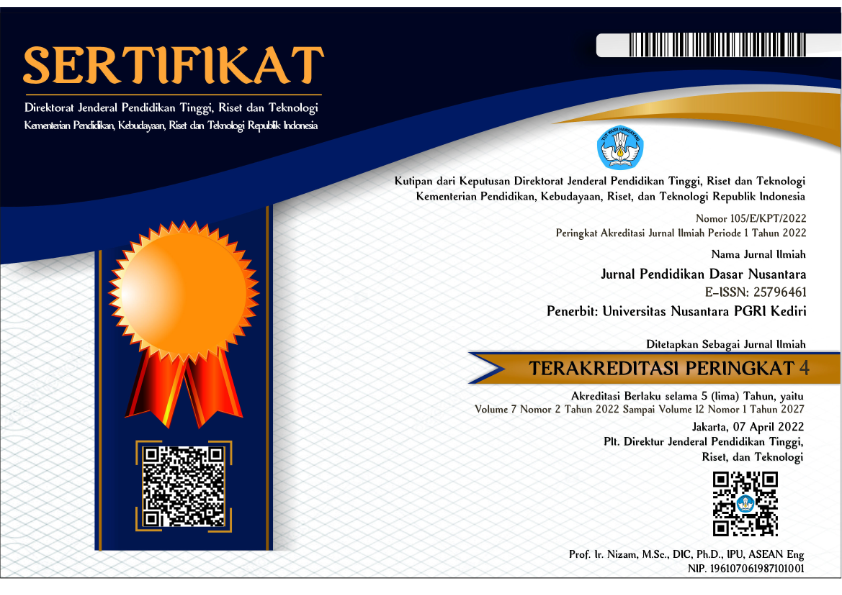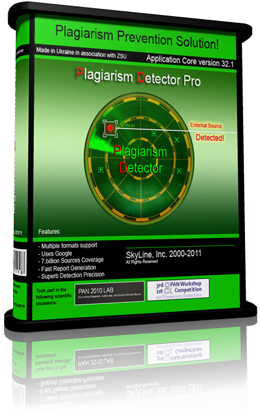PENGEMBANGAN KARAKTER RASA TANGGUNGJAWAB MENGGUNAKAN MODEL PEMBELAJARAN VALUE CLARIFICATION TECHNIQUE (VCT) PADA MAHASISWA TINGKAT I PROGRAM STUDI PGSD FKIP UNIVERSITAS NUSANTARA PGRI KEDIRI
Keywords:
VCT, the characters' sense of responsibilityAbstract
Today the life of the Indonesian people to experience a friction in values. This condition is then said to moral decadence, which marked the rise of crime and deviant behavior, the perpetrator of the younger generation, in addition to children and parents, even with the title of community leaders and officials. Increasingly felt moral decline to a level that is quite disturbing classified as "immoral". These conditions require the need for the development of the characters' sense of responsibility through the use of learning model Clarification Technique (VCT). VCT learning model as affective learning model that aims to improve the ability to make moral judgments in a way to provide stimulation in the form of moral dilemmas that come from social problems in life. The aim of this study reveal that "The use of the learning model VCT provides better effect on morality, especially the characters' sense of responsibility in students PGSD study program, rather than the use of conventional learning model". Results of helpful evidence to provide input/alternative models that can be used by teachers in the field.
This study uses a pretestposttest control group design, in the form of learning models VCT treatment. The treatment effect in the form of character Taste responsibility on students of the University FKIP PGSD Nusantara PGRI Kediri. Furthermore, the data will be analyzed by ttests comparative analysis. From the research findings of significant differences, which means the use of the learning model VCT provides better effect than conventional models.
Keywords: VCT, the characters' sense of responsibility
Downloads
Downloads
Published
Issue
Section
License
Authors who publish with this journal agree to the following terms:
- Copyright on any article is retained by the author(s).
- The author grants the journal, the right of first publication with the work simultaneously licensed under a Creative Commons Attribution License that allows others to share the work with an acknowledgment of the work’s authorship and initial publication in this journal.
- Authors are able to enter into separate, additional contractual arrangements for the non-exclusive distribution of the journal’s published version of the work (e.g., post it to an institutional repository or publish it in a book), with an acknowledgment of its initial publication in this journal.
- Authors are permitted and encouraged to post their work online (e.g., in institutional repositories or on their website) prior to and during the submission process, as it can lead to productive exchanges, as well as earlier and greater citation of published work.
- The article and any associated published material is distributed under the Creative Commons Attribution-ShareAlike 4.0 International License





























